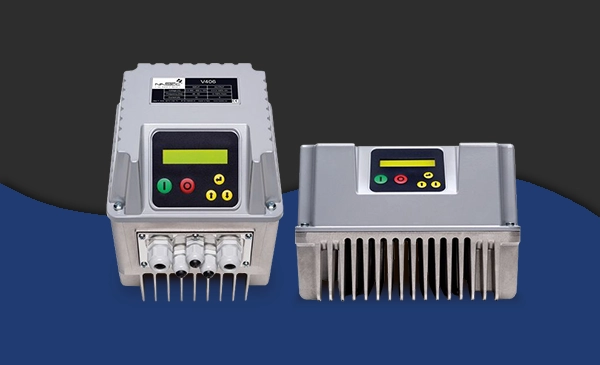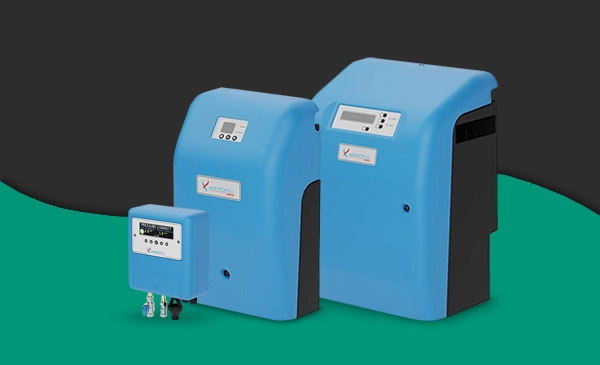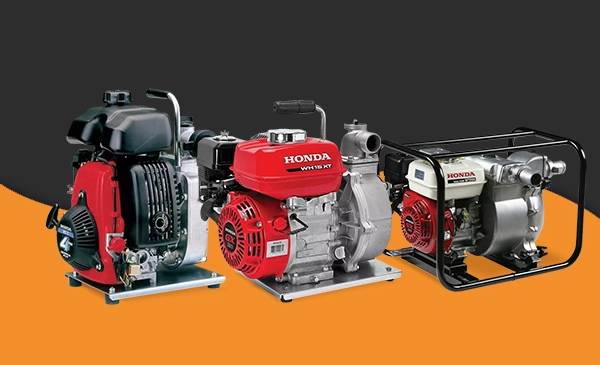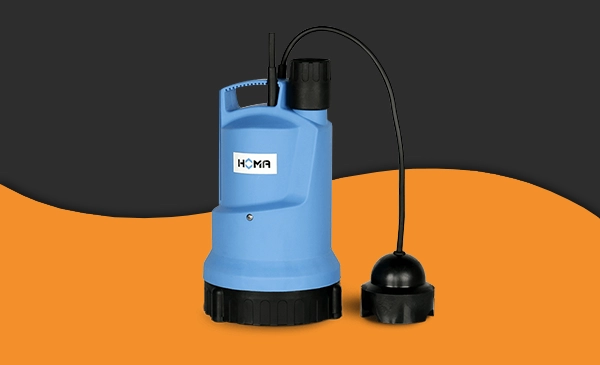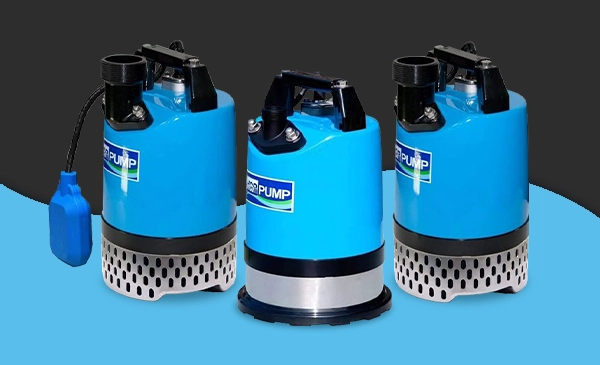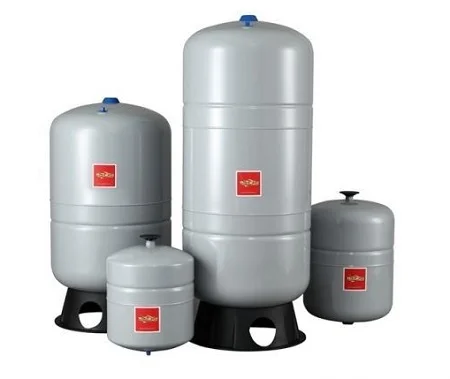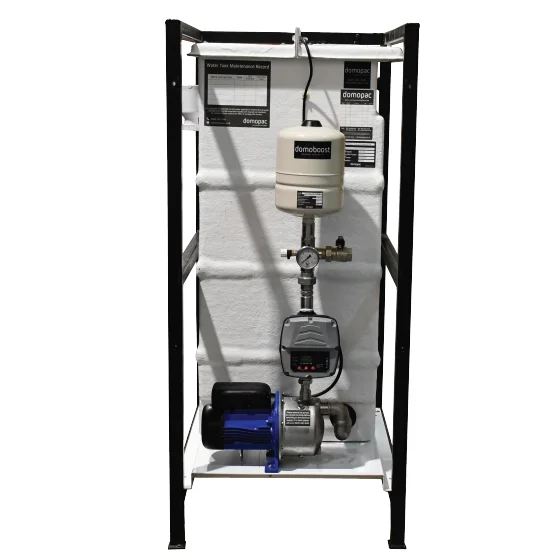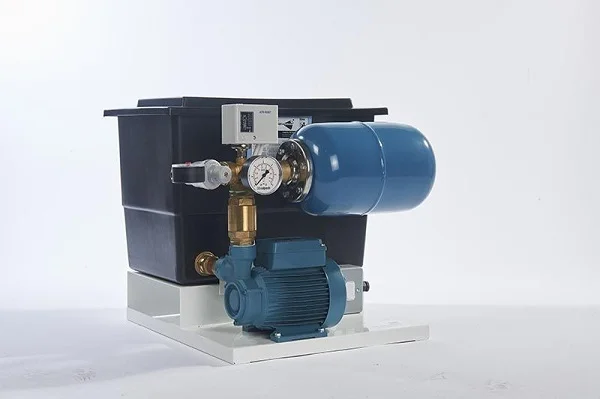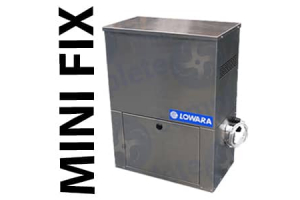A beginner's guide to pumps
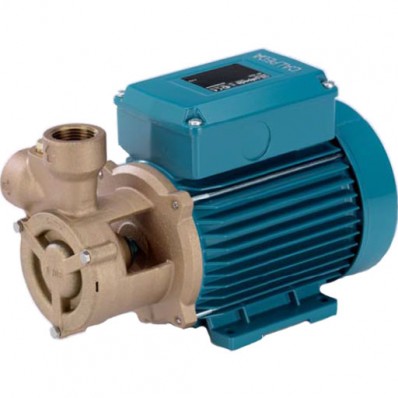
A pump is a transporting device, used to move solids, liquids, and 'slurries' (a granulated solid mixed with a liquid) via an automated, mechanical action. Pumps usually operate using a reciprocating or rotary mechanism. They have many commercial and domestic uses, such as:
• To move water from one source to another (ie, from a well to a water tank, or to empty a tank so it can be cleaned.)
• To smooth the flow of water from a tap and reduce the amount of wastewater by aeration.
• Water cooling of many products, such as engines and cooling towers, to prevent overheating, and to separate and extract substances from each other.
• Flood control.
• Sewage movement.
Pump Types
They can be operated both manually or automatically, but will always require energy to move substances, and usually this energy comes from electricity, engines, or wind power/pressurized air. Depending on the design of the pump, mechanical pumps have to either be submerged in the substance they are moving, or placed externally to a fluid, with a pipe connected to both the fluid and the pump. Pumps are usually classified by their method of displacement into the following categories:
• Positive displacement pumps
• Impulse pumps
• Velocity pumps
• Gravity pumps
• Valveless pumps
Pump Functionality
Pumps have served a variety of useful purposes since their initial use in watermills and windmills to pump water, and now are used for a wide variety of applications. This is the main reason there is such a variety of pumps nowadays. Some pumps are needed to move gases, some to move liquids, some slurries of liquids and solids. Some pumps are small and necessary to move a small substance delicately to mimic a biological process, others are large and may need to transport a large amount of a product in a short space of time.
Pump Priming
Pumps typically need to have the material they will be pumping introduced into the feed line and the pump itself before it is transported. This process is called 'priming the pump'. A loss of prime is usually due to intake of air into the pump. A pump for liquids and other more viscous fluids usually cannot expel air due to its lower volume density.
Pump Power
Pumps are commonly rated by horsepower (Hp), flow rate, outlet pressure of head, and inlet suction of head. The head can be simplified as the distance the pump can transport a column of water at atmospheric pressure. A 'specific speed' is the most efficient combination of flow rate and head that can be used. If a flow rate is too high, it could, for example, cause the balance tank the product is being pumped into to overflow. If a flow rate is too low in the engine coolant system of a car, it could cause the engine to overheat.




